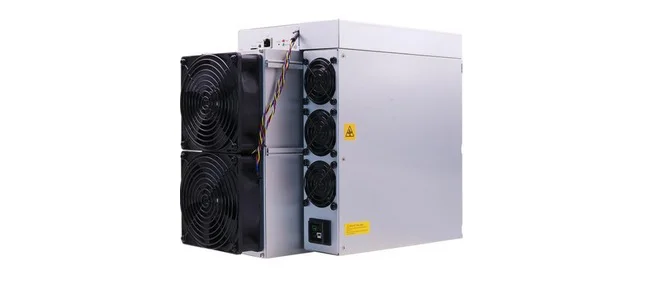What you need to know about PoW before investing in digital currency. Understand what is Proof of Work consensus algorithm and what are its advantages and disadvantages.
What is Proof of Work – Definition
Proof of work (PoW) is a consensus algorithm used by some blockchain networks, including Bitcoin, to verify and add transactions to the blockchain.
It is a mechanism used to ensure that the transactions added to the blockchain are valid and that no single entity can manipulate the network.
In a PoW system, miners compete to solve complex mathematical puzzles using computational power. When a miner solves a puzzle, they are rewarded with newly created digital currency and the ability to add a block of transactions to the blockchain.
This process, also called cryptocurrency mining, requires significant computational power and energy consumption, and typically requires specialized hardware, such as Application-Specific Integrated Circuits (ASICs), to be profitable.
Each block includes a mathematical puzzle that must be solved to add a new block, which creates a chain of blocks that forms the blockchain.
The difficulty of the mathematical puzzle is adjusted to ensure that blocks are added to the blockchain at a consistent rate. This difficulty adjustment ensures that the network can handle the amount of computational power being used to mine the digital currency.
The computational power required to solve these mathematical puzzles is known as hash rate, and it is measured in hashes per second. Hash rate is an important factor in determining a miner’s ability to solve a puzzle and earn a reward.

Advantages and Disadvantages of Proof of Work
Like any technology, PoW has its advantages and disadvantages.
Advantages:
- Security: PoW is a secure system for verifying transactions because miners must solve complex mathematical puzzles to add blocks to the blockchain. This makes it computationally difficult to manipulate the network.
- Decentralization: PoW allows for a decentralized network where no single entity has control over the network. This is because miners compete to add blocks to the blockchain, and no single entity can monopolize the network.
- Reliability: PoW is a reliable system because it ensures that transactions are verified and added to the blockchain in a consistent and reliable manner.
Disadvantages:
- High energy consumption: PoW requires a significant amount of energy to solve the mathematical puzzles required to add blocks to the blockchain. This can be expensive and have a negative impact on the environment.
- Centralization: As the difficulty of the puzzles increases, smaller miners may be unable to compete with larger, more powerful mining operations. This can lead to a concentration of mining power in the hands of a few large entities, which can impact the decentralization of the network.
- Slow transaction times: The process of solving the mathematical puzzles required for PoW can take a significant amount of time, which can slow down transaction times on the network.
- Cost of hardware: To compete in PoW mining, miners require expensive and specialized hardware. This can make it difficult for smaller miners to enter the market.
Conclusion
In conclusion, proof of work is a consensus algorithm used by some blockchain networks to verify transactions and add blocks to the blockchain. While it is a secure system, it has its drawbacks, including high energy consumption and the potential for centralization of mining power.
As the technology evolves, new consensus mechanisms may emerge that address these issues and improve the efficiency and sustainability of blockchain networks.